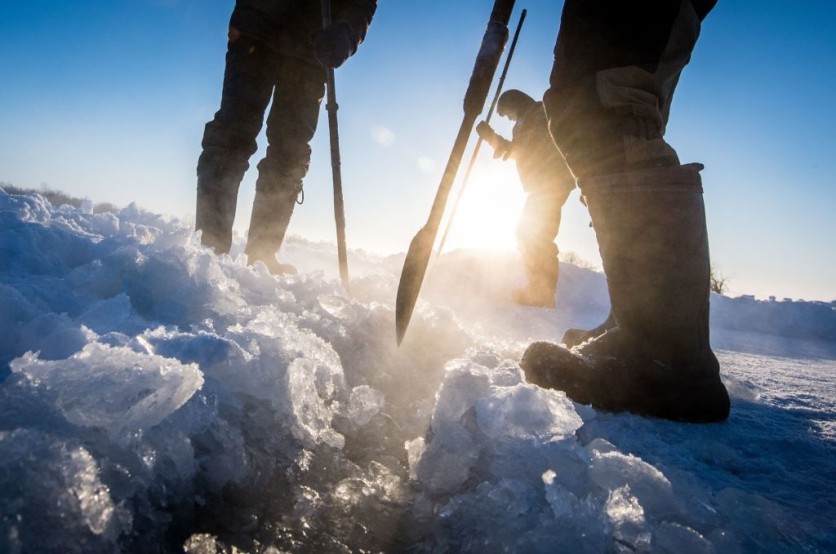Huge chunks of permafrost are melting as the earth warms, unleashing bacteria frozen for decades or more.
Now, so-called "zombie viruses" from Siberian permafrost have been brought back to life by scientists in order to investigate the emerging bacteria. One of these viruses, estimated to be close to 50,000 years old, is the oldest virus to have been frozen and come to life again, according to a report by Science Alert.

Resurrecting Viruses
According to the research team, which was led by microbiologist Jean-Marie Alempic from the French National Centre for Scientific Research, these resurrecting viruses could pose a serious threat to the public's health.
However, more research is required to determine the risk that these infectious agents might present when they emerge from their frozen sleep.
The researchers claim that permafrost, or permanently frozen ground, covers one-fourth of the Northern Hemisphere.
The team emphasizes that permafrost is "irreversibly thawing" as a result of global warming, unleashing organic material that has been frozen for up to a million years. The majority of this material breaks down into carbon dioxide and methane, increasing the greenhouse effect.
The 48,500-year-old amoeba virus is one of 13 viruses described in a new study, and nine of them are considered tens of thousands of years old.
The research team found each virus unique from other common viruses because of its genome.
The ancient virus was discovered beneath a lake, and other extraction sites contained Siberian wolf intestines, mammoth wool, and other permafrost-buried materials, as per Science Alert.
The team demonstrated that the viruses still had the potential to be contagious pathogens using live single-cell amoeba cultures.
Read also : Greenland's Largest Ice is Melting at a Much Higher Rate, Prompting Rising Sea Level Concerns
Far More Terrible
According to scientists, the situation would be far more terrible if an old, unidentified virus were to resurface and cause diseases in plants, animals, or people.
With a previous paper describing the discovery of a 30,000-year-old virus, this team has a reputation for diligently searching for viruses in Siberia. They also found a pandoravirus huge enough to be seen under a light microscope.
The name Pandoravirus yedoma, which recognizes the size of the virus and the type of permafrost soil it was discovered in, has been given to the revived virus.
The research team believes there are still many viruses to discover in permafrost. Their study is yet to be peer-viewed, but you can read further about their findings on bioRxiv.
Related Article : Arctic Virus Spillover: New Study Claims Climate Change Could Increase Its Risk; Will This Lead to More Pandemic?
This article is owned by Tech Times
Written by Jace Dela Cruz
ⓒ 2025 TECHTIMES.com All rights reserved. Do not reproduce without permission.




